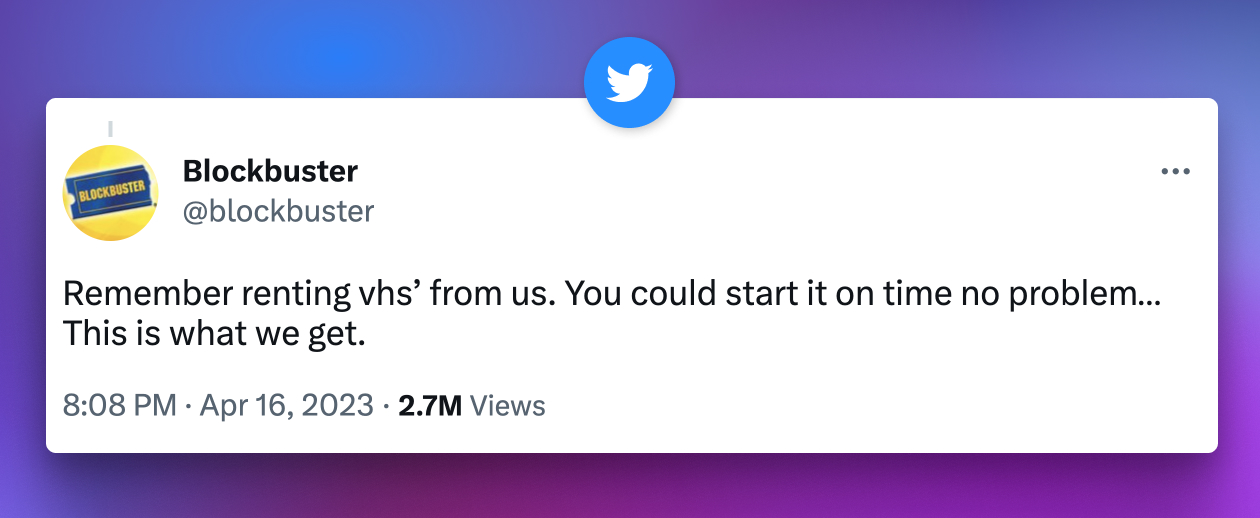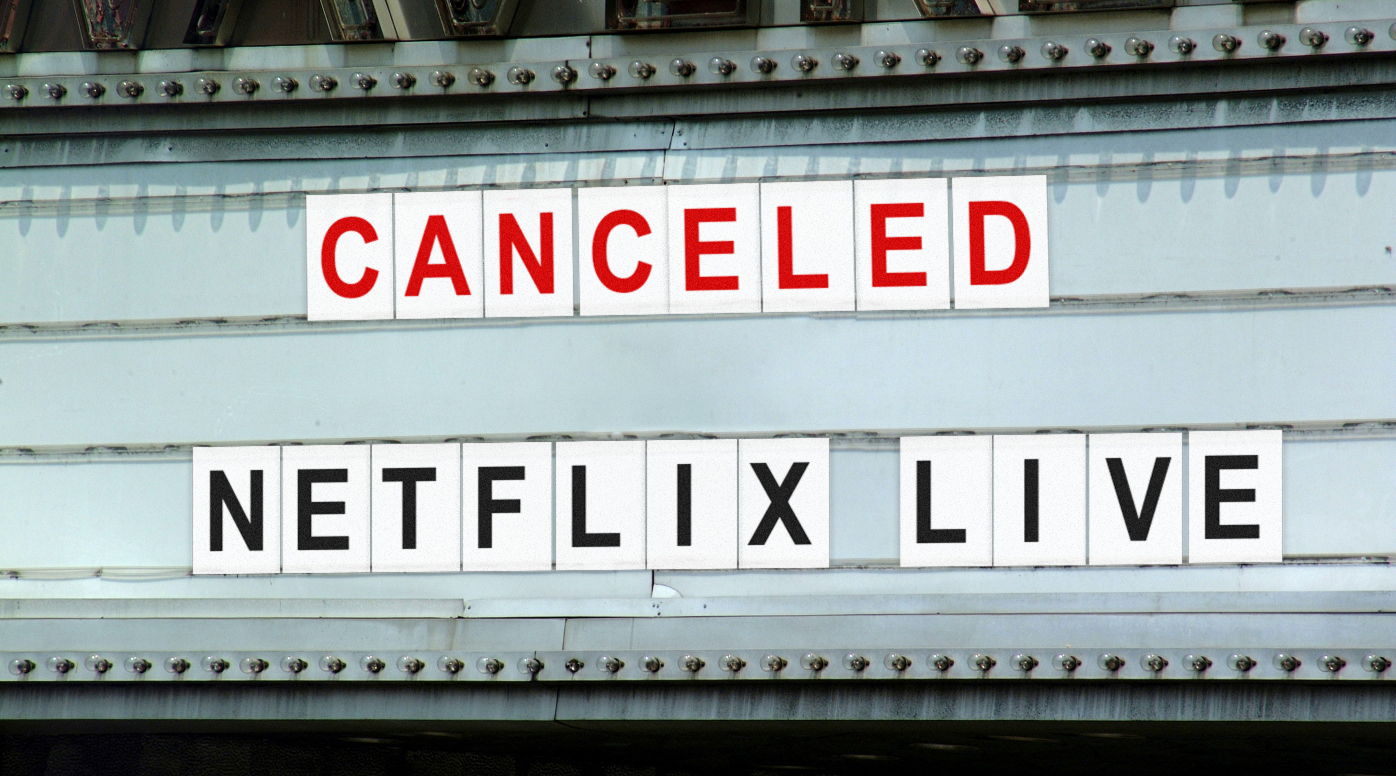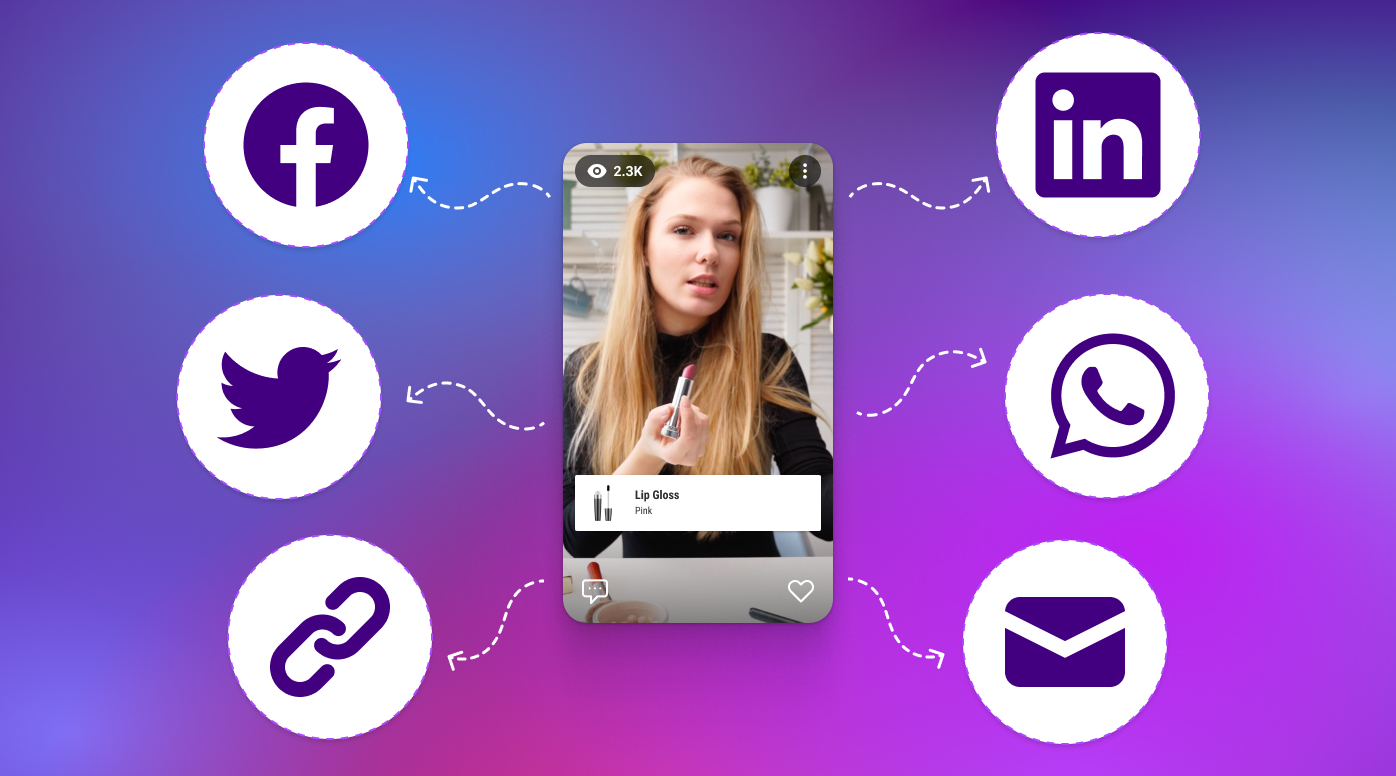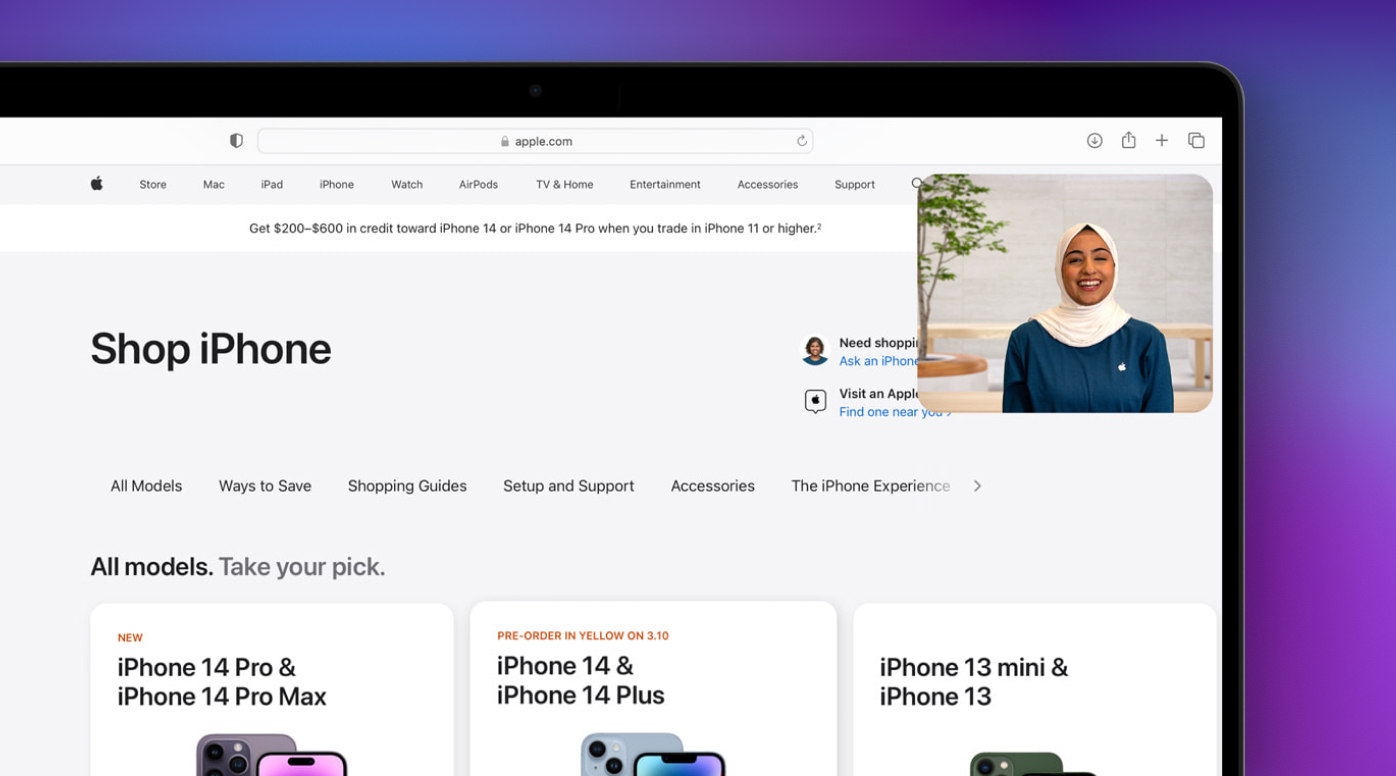In the middle of 2022, streaming juggernaut Netflix announced that they would be exploring live events on their platform as a way to diversify their offerings and hopefully lure new subscribers to the platform. On March 4, 2023, that first livestreamed event was the new comedy special from Chris Rock, Chris Rock: Selective Outrage. It became Netflix’s most streamed comedy special of all time. Not bad right?
With that type of success, you can imagine how excited Netflix executives were to find new livestream events to produce. Their next choice was a reunion show for the latest Love is Blind cast. Unfortunately, this live event didn’t do quite as well. It never actually streamed.
Scheduled to go live on April 16 at 8 p.m. ET, it never did. Facing multiple technical issues, the engineering team tried desperately to launch the show but after a 75-minute delay, Netflix decided to cancel the live event. Instead, they recorded the show and made it available the next day at noon. Disappointed viewers went straight to the Twitterverse to express their displeasure, including a former competitor of Netflix shown below.

Now we feel really bad that Netflix had a bad night and completely understand that sometimes the technology just doesn’t work the way you want it to. They have a world class engineering team and I have full confidence that they will make sure that this type of issue does not happen the next time. Part of us also feels vindication though because people, especially consumers, have no idea how hard it is to build livestreaming technology. It has been around for decades, but there are a myriad of factors that can affect a stream’s success and quality.
Here are four obstacles that any live streamed event faces:
-
Latency
Latency is the term used to describe the delay between the time something happens in real life and the time it appears on the screen. When you are watching a live event on Twitch, latency is the amount of time from when the channel records its content to when you watch it on your computer at home.
When it comes to live streaming, latency is a critical factor. It must be kept to a minimum to ensure that viewers are getting a real-time experience. Achieving low latency requires a lot of optimization in both the client-side and server-side components of the live streaming system.
-
Scalability
Because a live streamed event is being streamed from one location to many across the internet, live streaming can put a significant strain on network infrastructure due to the large number of concurrent connections. Building a live streaming system that can handle a massive volume of traffic requires careful design and architecture to ensure scalability.
-
Reliability
On-demand streaming is what most individuals think of when they think of streaming. It’s Netflix’s bread and butter. This type of streaming technology allows users to access content at any time, such as television shows, movies, and music. Familiar examples include Netflix, Hulu, and Spotify.
Unlike on-demand streaming, live streaming is a one-time event that cannot be repeated. A failure in the live streaming system can result in a significant loss of revenue and reputation for the streaming service provider. As a result, building a live streaming system that is highly reliable and resilient to failure is crucial.
-
Security
While not a surprise, live streaming can be vulnerable to various security threats, including piracy, unauthorized access, and distribution of copyrighted material. Building a secure live streaming system requires implementing robust security measures, which are not limited to but include: encryption, access controls, and digital rights management (DRM).
If you wanted to describe the most optimal live streaming technology, it would have extremely low latency, efficient scalability, ferociously high reliability, and highly dynamic security measures to ensure a seamless and secure real-time experience for viewers.
Our team has some of the most experienced livestreaming technology engineers in the world. We built Reactive so that every direct-to-consumer brand could use our scalable and reliable software to launch immersive, sales-driven live events that all of their website visitors could experience and enjoy.
If you are interested in seeing how innovative our livestreaming technology is and want to bring a live selling experience to your website, check out Reactive. Start your free trial now, or contact sales@reactive.live to request a live demo.



